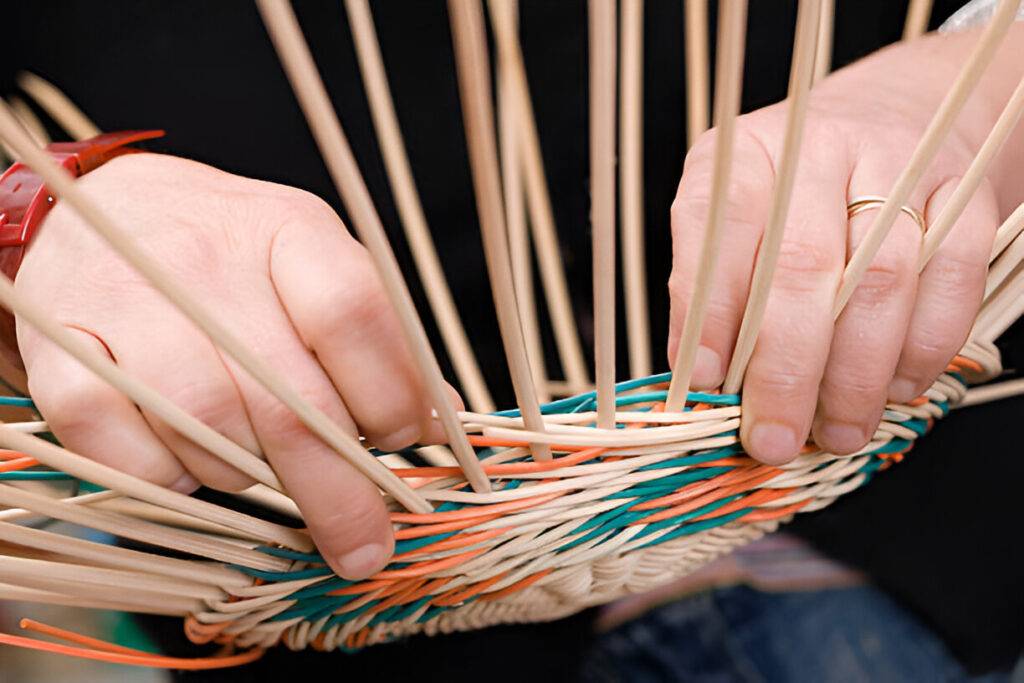Welcome to the North Georgia Basketry Guild

North Georgia Basketry
Welcome to the North Georgia Basketry Guild. Our organization provides weaving events for the Forsyth, Dawsonville, Dahlonega and Hall communities in North Georgia.
We have regular meetings for open weave and basket making events with the goal of enjoyment and learning. This is a wonderful way to bring the community together! The meetings for open weave and basket making events are a great opportunity for members to share techniques, learn new skills, and enjoy each other’s company.
Historical Context:
19th Century Weaving Traditions
Virtually all rural Georgia women practiced traditional textile arts, including weaving, dyeing, and spinning
These skills were essential for creating cloth and other textiles used in everyday life.


Weaving is not just a craft; it’s a way to connect, foster relationships, preserve traditions, and promote well-being. In North Georgia, the North Georgia Basketry Guild exemplifies this communal spirit, uniting weavers and honoring the region’s rich basketry heritage.
Join the North Georgia Basketry Guild: Weaving Creativity, Connection, and Tradition Together
Colonial and Early American Basketry

Practical Use
During the colonial period, basket weaving was a vital skill for settlers. Baskets were used for a variety of practical purposes, including carrying goods, storing food, and even as furniture2.

Materials
Early American baskets were often made from locally available materials such as willow, oak, and ash.
Revival and Modern Basketry
20th Century Decline and Revival: The rise of synthetic materials in the 20th century led to a decline in traditional basket weaving.
However, the craft saw a revival during the countercultural movement of the 1960s and ’70s, as people sought to reconnect with traditional crafts and sustainable practices.
Contemporary Practice
Today, basket weaving is both a functional craft and an art form. Many artisans and guilds across the country continue to preserve and innovate within this tradition, creating both traditional and contemporary designs
Cultural Significance
Art and Heritage
Basket weaving remains an important cultural practice, reflecting the diverse heritage of the United States. It is celebrated in museums, cultural centers, and through various craft fairs and workshops3.

